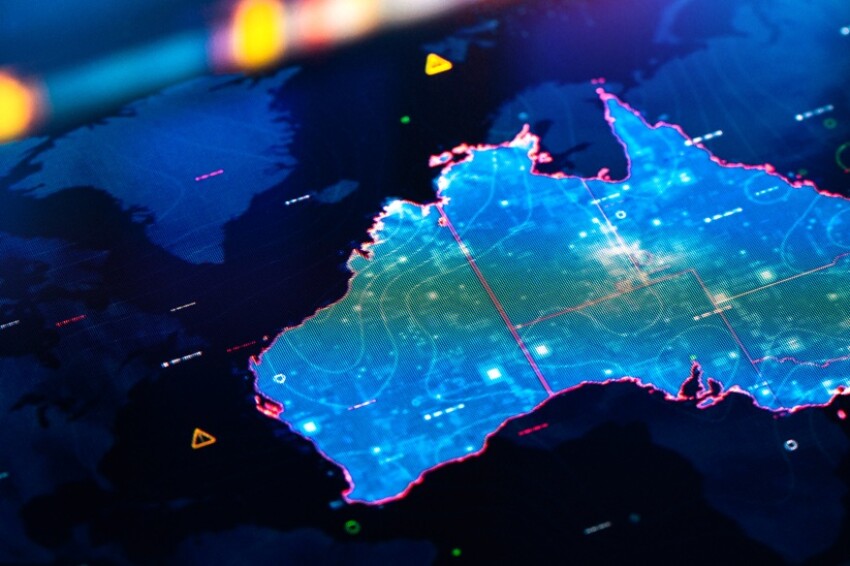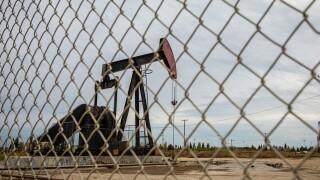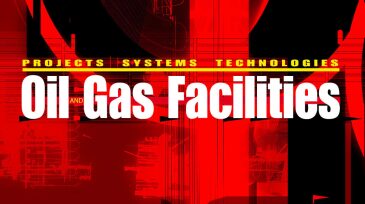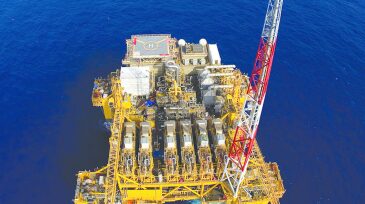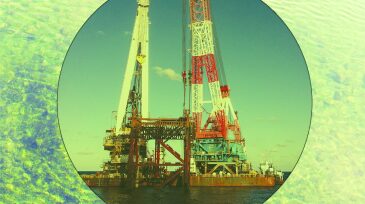Onshore/Offshore Facilities
Estimates commissioned by the Australian government suggest that increasing efficiency will lower costs for decommissioning offshore Australia.
This paper introduces an AI-driven digital fencing system designed to boost security in oil and gas fields. The main objectives are to improve security and safety of oil and gas facilities while addressing the limitations of legacy physical barriers, reducing false alarms, and eliminating the dependability on the grid in favor of renewable energy.
The contract will cover the design and manufacturing of tree systems, flexible flowlines, a manifold, and controls, as well as installation of the subsea production system.
-
Asset integrity management encompasses the design, operation, and maintenance of an asset to preserve its integrity at an acceptable level of risk throughout its operating life.
-
From 2006 to 2010, much of the liquefied natural gas (LNG) export construction activity occurred in the Middle East, in particular Qatar.
-
The present work describes the development of a 1D steady-state isothermal reservoir/surface gas-pipeline-network model. The developed model is an extension of the general pipeline-network model in which the deliverability from the wells is calculated.
-
One of the more challenging flow assurance problems in deepwater subsea gas pipelines and equipment is the formation of natural gas hydrates. Gas hydrates form under conditions of low temperatures and high pressures, such as those found in deep water.
-
Douglas-Westwood expects 8% growth in offshore operations and maintenance (O&M) expenditure annually from 2012 to 2016. O&M are markets considerably less vulnerable to downturn than their capital‑led counterparts.
-
The OTC 2012 Spotlight on Technology awards highlighted subsea separation and boosting and subsea heavy oil and water separation technologies in deep water.
-
After approximately 25 years of development, subsea gas compression technology has advanced to a readiness level worthy of full implementation in the North Sea.
-
A recent workshop titled “Bridging the Gap Between Reservoir Engineering and Facilities Design” brought together more than 120 representatives of both disciplines to discuss the topsides/reservoir interface. Reservoir uncertainties and how they affect design was a key topic.
-
Regulations are driving increased decommissioning activities in the Gulf of Mexico. Incomplete data is one of the obstacles in planning decommissioning. As fields have changed ownership over time, key information has been lost, creating challenges for the current operator.
-
A Separations Technology Technical Section was recently created to allow SPE members to share knowledge about emerging separations technology and its challenging applications. Interested members are encouraged to join.

